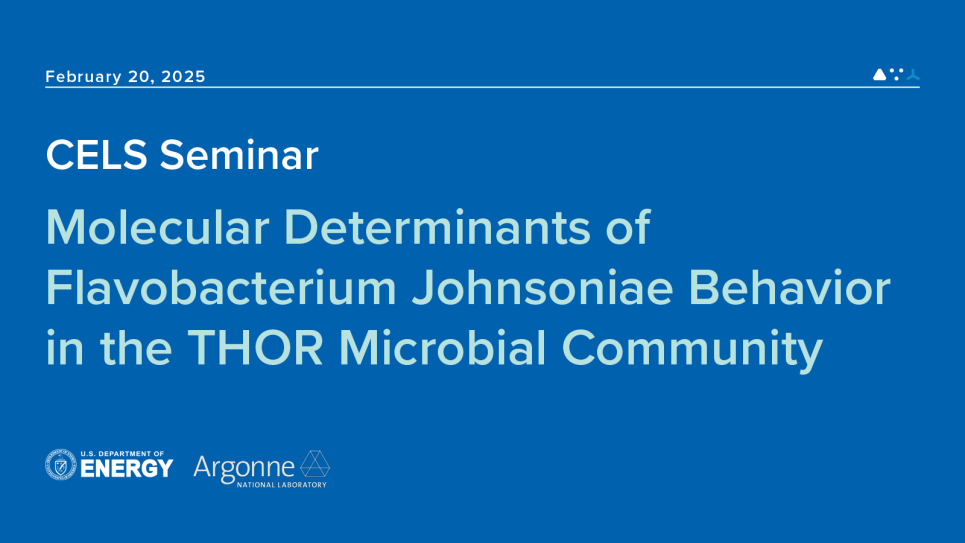
Molecular Determinants of Flavobacterium Johnsoniae Behavior in the THOR Microbial Community
Microbial community interactions drive key environmental processes, profoundly influencing the structure and function of ecosystems. Despite their importance, the molecular mechanisms underlying these interactions remain poorly understood. The Hitchhikers Of the Rhizosphere (THOR) community serves as a model system to study higher-order interactions in genetically tractable and ecologically relevant conditions. In THOR, the fitness of Flavobacterium johnsoniae is influenced by the other community members: Pseudomonas koreensis inhibits F. johnsoniae growth through the production of the antibiotic koreenceine, and Bacillus cereus modulates koreenceine levels, thereby protecting F. johnsoniae. My work characterized three key behaviors of F. johnsoniae that enable its success in THOR: (A) surface colonization, (B) biofilm formation, and (C) overall fitness within the community. First, using insertion sequencing, we identified genes important for surface colonization and demonstrated that they contribute to F. johnsoniae survival in THOR. Second, we showed that F. johnsoniae forms spatially organized, motile, multispecies biofilms, designated “co-zorbs,” by encapsulating and transporting diverse bacterial species in a core-shell structure, both in vitro and within zebrafish, in a manner reminiscent of phagocytes. Finally, we identified genes required for F. johnsoniae survival in THOR but not in monoculture, including rel, which regulates stress responses to koreenceine. Together, using a combination of traditional genetics and next-generation sequencing, my work revealed the genetic and mechanistic determinants of F. johnsoniae success in THOR, discovering novel behaviors and previously uncharacterized genes. These findings improve the understanding of soil colonization, bacterial movement, and microbial community interactions. This understanding will contribute to the design of strategies for manipulating microbiomes to achieve desirable outcomes in human health, the environment, and agriculture.